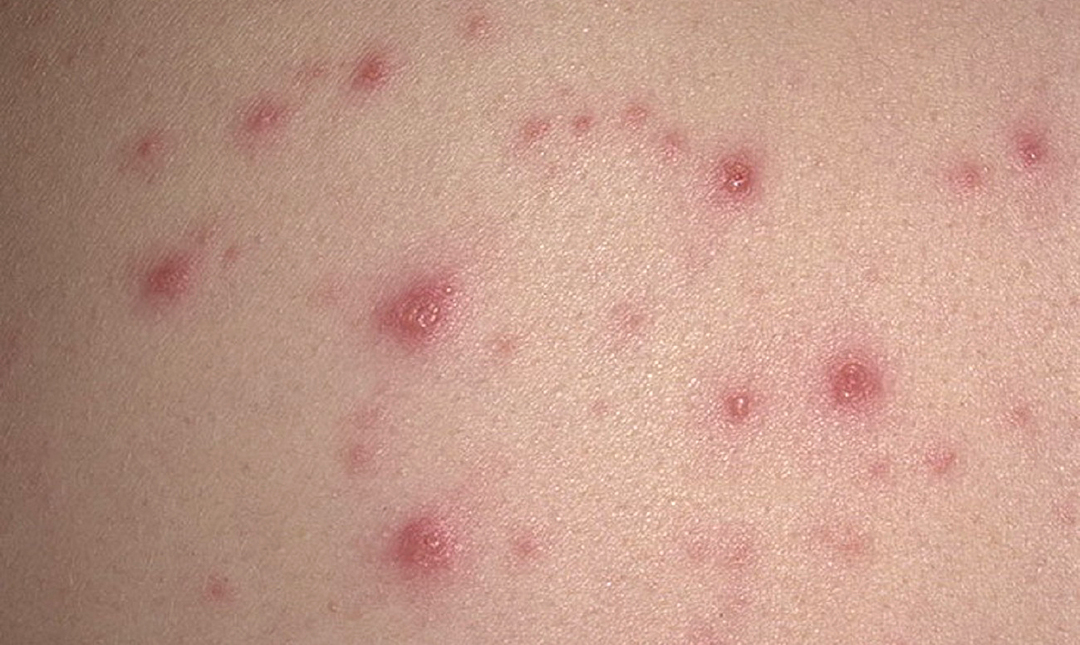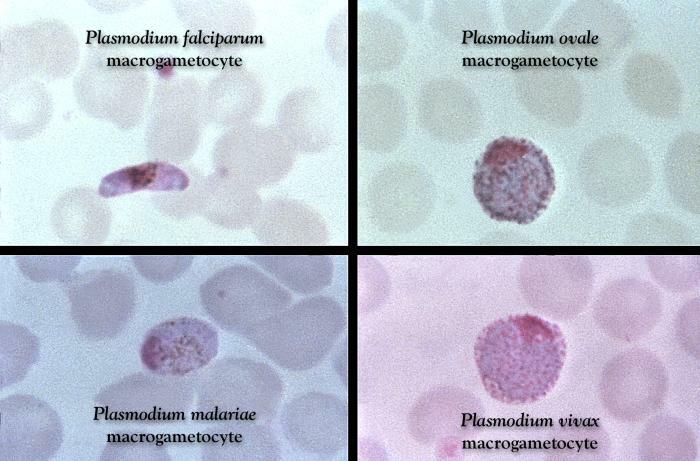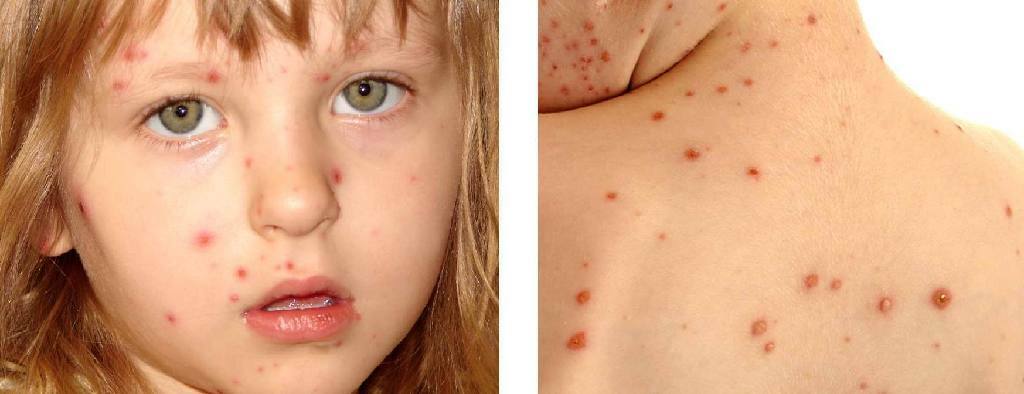Infectious mononucleosis: symptoms, diagnosis, treatment
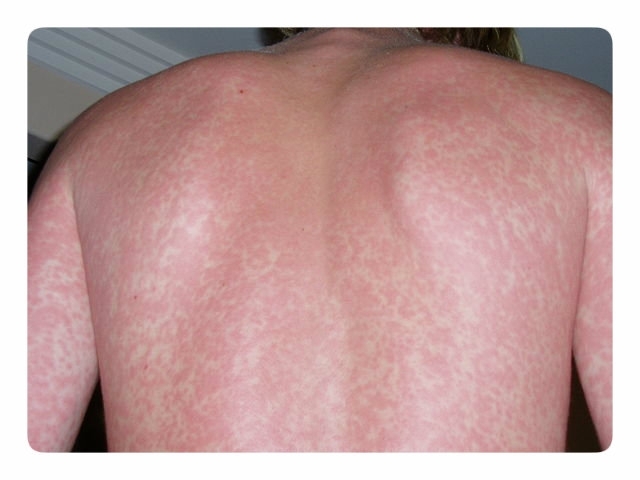 Important: if a patient underwent antibiotic therapy with ampicillin or amoxicillin, then in most cases infectious mononucleosis is accompanied by the appearance of skin rashes.
Important: if a patient underwent antibiotic therapy with ampicillin or amoxicillin, then in most cases infectious mononucleosis is accompanied by the appearance of skin rashes.
The total duration of the disease is on average 1-2 weeks, after which the period of convalescence comes.The patient's condition gradually improves, but the general weakness and enlargement of the cervical nodes can be noted for another 3 weeks.
Possible complications of
In the course of a severe course of the disease, various complications from the nervous system may develop.
Possible complications also include:
- otitis media( external and secondary);
- inflammation of the paranasal sinuses;
- tonsillitis;
- acute hepatic impairment;
- follicular sore throat;
- hemolytic anemia.
Some patients have convulsions and behavioral disorders.Cases of inflammation of the soft meninges( meningitis) and brain tissue( encephalitis) are documented.
Important: does not exclude rupture of the spleen, which is an indication for urgent surgery.This complication is extremely rare.
Diagnosis of infectious mononucleosis
The basis for the diagnosis is the presence of a characteristic clinical symptomatology, but it can not be called strictly specific.Very similar manifestations are observed, for example, with cytomegalovirus infection, as well as some other acute infectious diseases.
Confirm the diagnosis of "infectious mononucleosis" blood tests.In the study of the smear, lymphocytosis and monocytosis are determined.Also, there is the appearance of characteristic modified blood cells - mononuclear cells( "monolymphocytes" or "wide-plasma lymphocytes"), which are produced instead of infected with the Epstein-Barr virus B-lymphocytes.In addition, antibodies to the pathogen are detected in the blood.
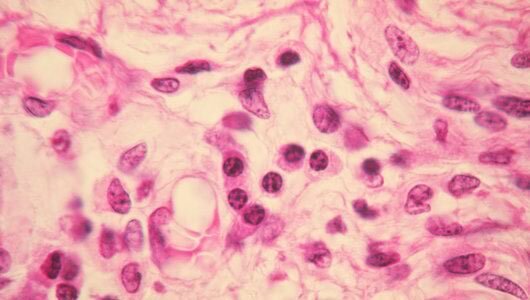
For the differential diagnosis of infectious diseases of bacterial origin( in particular - streptococcal angina, tularemia and listeriosis), a sowing is carried out.The material for the study is the detachable tonsils.
In differential diagnosis, children should first of all exclude hepatitis A( jaundice or Botkin's disease), diphtheria, lymphogranulomatosis and acute leukemia.
In the vast majority of cases, complete recovery occurs.Serious( including life-threatening) complications are recorded in less than 1% of diagnosed cases.Immunity after infectious mononucleosis is persistent.With a sharp decrease in the resistance of the body( in particular - against the background of HIV infection), the virus can be re-activated.
Important: found that the Epstein-Barr virus in addition to infectious mononucleosis can cause serious diseases such as nasopharyngeal carcinoma and Burkitt's lymphoma.
Treatment of infectious mononucleosis
General recommendations
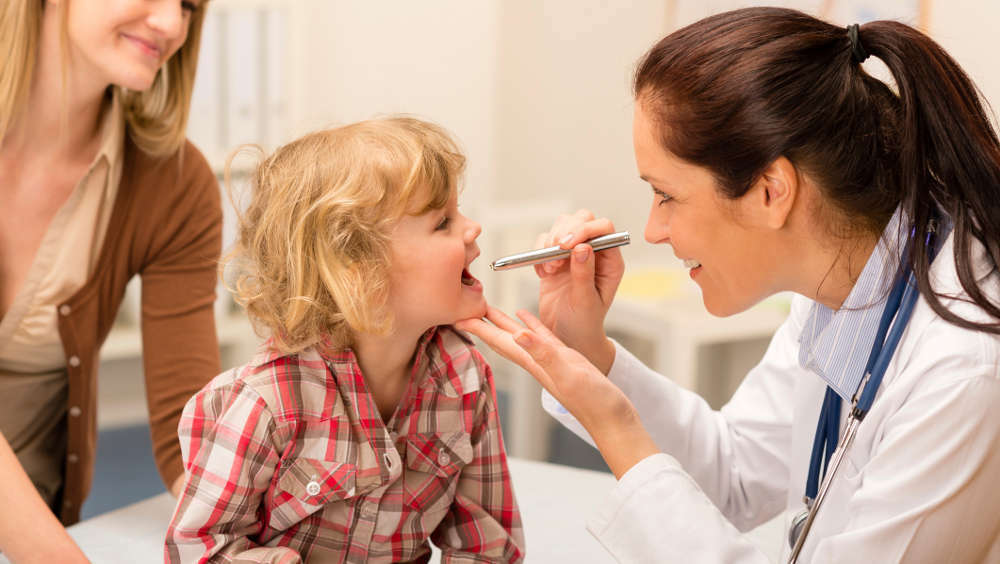 Infectious mononucleosis requires adherence to bed rest until the acute symptoms abate.Specific therapy is not developed.Symptomatic treatment is performed, and measures are taken to strengthen the body overall.
Infectious mononucleosis requires adherence to bed rest until the acute symptoms abate.Specific therapy is not developed.Symptomatic treatment is performed, and measures are taken to strengthen the body overall.
After recovery, it is recommended to avoid physical exertion for 1-1.5 weeks to avoid such a serious complication as a rupture of the spleen.It is strictly forbidden to lift weights, even if there was no increase in the body in the acute period of the disease.
Please note : if necessary, heat can be brought down by drugs containing paracetamol.The use of acetylsalicylic acid in this case can lead to the development of a life-threatening disease - acute hepatic encephalopathy( Reye's syndrome).
How to treat infectious mononucleosis in children?
Among the possible symptoms of infectious mononucleosis in children are:
- subfebrile or febrile temperature;
- nasal congestion;
- a sore throat;
- general weakness;
- drowsiness;
- symptoms of general intoxication;
- reddening of the mucous membrane of the oropharynx;
- granularity of the posterior pharyngeal wall;
- hemorrhage in the mucous membrane of the pharynx;
- marked increase in tonsils;
- lymphadenopathy;
- hepatosplenomegaly.
Note : the severity of clinical manifestations depends on the severity of the disease.There are various combinations of symptoms.
 The most significant symptom, which is highly likely to indicate specifically infectious mononucleosis in a child, is polyadenitis due to pathological proliferation of lymphoid tissue.During the examination on the tonsils, characteristic imbeddings are found in the form of islands of light yellow or grayish hue.
The most significant symptom, which is highly likely to indicate specifically infectious mononucleosis in a child, is polyadenitis due to pathological proliferation of lymphoid tissue.During the examination on the tonsils, characteristic imbeddings are found in the form of islands of light yellow or grayish hue.
Regional lymph node involvement is usually bilateral.
Up to 50% of toddlers of children are infected with the Epstein-Barr virus before the age of 5, but the disease at an early age usually proceeds easily.Supportive therapy is indicated, which implies adequate hydration( intake of sufficient amounts of liquid), rinsing with solutions with antiseptic action( with pronounced sore throat, 2% lidocaine hydrochloride solution is added).
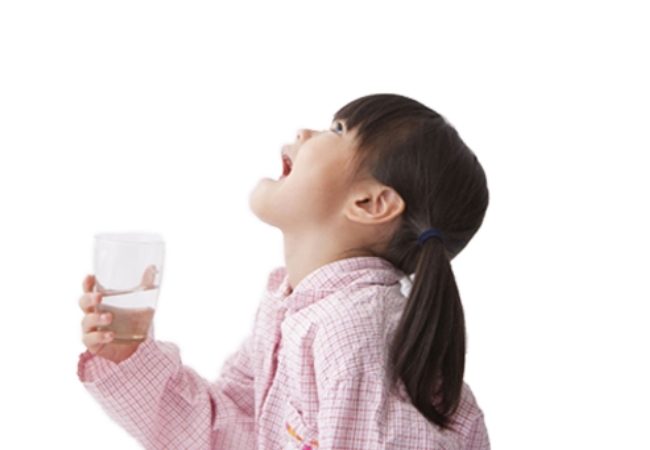 It is recommended that NSAIDs( Paracetamol, Ibuprofen) be used to reduce fever, as well as to reduce or reduce the symptoms of inflammation.
It is recommended that NSAIDs( Paracetamol, Ibuprofen) be used to reduce fever, as well as to reduce or reduce the symptoms of inflammation.
For stimulation of general immunity the preparation Imudon is shown, and for the general strengthening of an organism vitamin therapy( with vitamins C, R and group B) is required.The diagnosed decrease in the functional activity of the liver is an indication for a strict diet and the prescription of drugs from groups of hepatoprotector cells and bile ducts.Antiviral drugs( Viferon, Cycloferon, Anaferon) are also shown.Their dosages are determined from the calculation of 6-10 mg per 1 kg of the child's body weight.
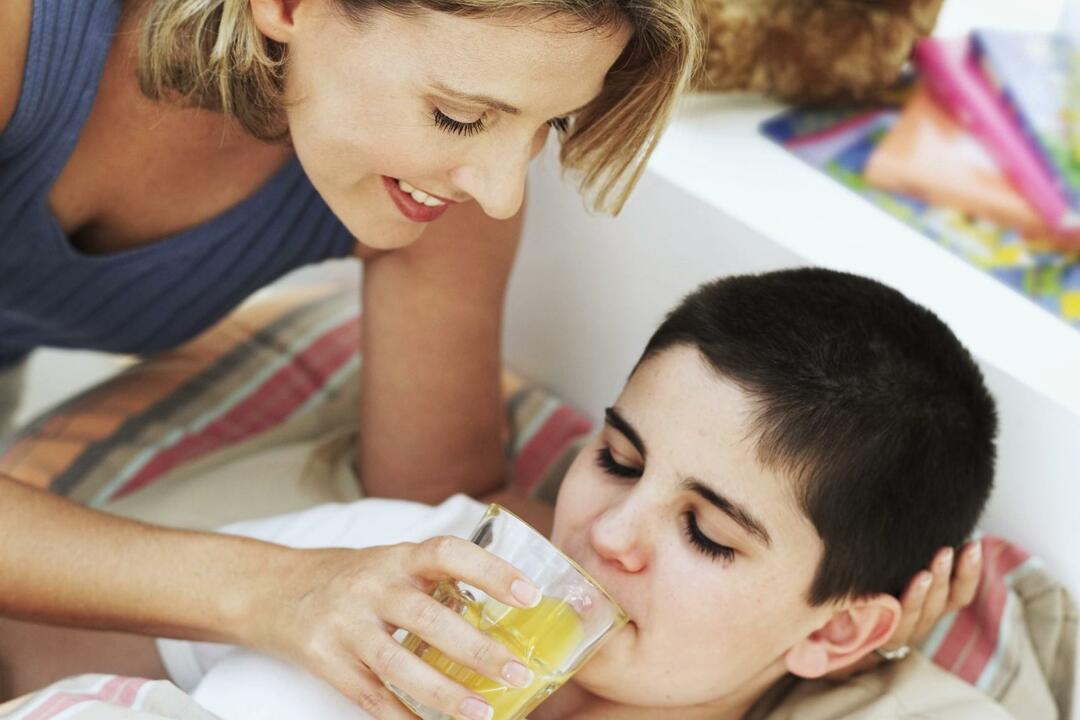 The attachment of a secondary bacterial infection may require the use of antibiotics( penicillin preparations are not prescribed to prevent the development of hypersensitivity reactions).Parallel to antibiotic drugs, children are prescribed probiotics( Acipol, Narine).
The attachment of a secondary bacterial infection may require the use of antibiotics( penicillin preparations are not prescribed to prevent the development of hypersensitivity reactions).Parallel to antibiotic drugs, children are prescribed probiotics( Acipol, Narine).
Children are shown strict bed rest.In some cases, treatment in a hospital is required.Severe intoxication is an indication for hormonal therapy( a weekly course of prednisolone is prescribed).When the edema of the larynx is expressed, tracheostomy is performed, after which the child is connected to the ventilator.
More details about the symptoms and methods of treatment of infectious mononucleosis in children you will learn by watching this video review with the participation of a pediatrician, Dr. Komarovsky:
Konev Alexander, therapist

